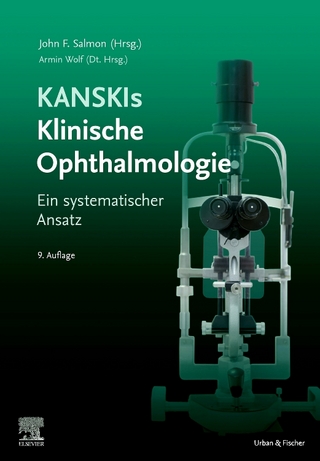
The Theory of Binocular Vision
Kluwer Academic / Plenum Publishers (Verlag)
978-0-306-31016-4 (ISBN)
- Titel ist leider vergriffen;
keine Neuauflage - Artikel merken
Like the classical Greeks before them in philosophy, the physiologists of the 19th century were defining in a burst of creative energy the problems 1 2 Introduction which would shape subsequent inquiry; and like the Greeks, they produced a splendid period of science.
Translator's Note.- Ch. 1 Introduction.- One On the Bifixation of the Double Eye.- Ch. 2 On the equal innervation of both eyes.- Ch. 3 Grounds for and against the assumption of an always equal innervation of both eyes.- Ch. 4 Proofs for equal innervation with unequal lateral movement.- Ch. 5 On the artificial upward or downward deviation of one eye.- Ch. 6 Proof that the compulsion to equal innervation of both eyes is inborn.- Ch. 7 On the motives of eye movement.- Ch. 8 On the innervation of the double eye.- Ch. 9 The basic law of innervation and muscle action.- Ch. 10 Proofs for the law of innervation.- Ch. 11 Deviations from the laws of muscle actions described in Chapter 9.- Ch. 12 On the fixation space of the double eye.- Commentary on Part One.- Two On the Orientation of the Double Eye.- Ch. 13 Mechanical prerequisites.- Ch. 14 The law of equal retinal position with equal fixation position.- Ch. 15 The law of orientation with parallel lines of sight.- Ch. 16 Determination of retinal position with afterimages.- Ch. 17 Determination of retinal position with binocular images.- Ch. 18 Investigation of retinal position with converging lines of sight.- Ch. 19 On the optical meaning of the orientation laws.- Commentary on Part Two.- Three On the Eye Muscles.- Ch. 20 Background about the eye muscles.- Ch. 21 On the single actions of the eye muscles.- Ch. 22 Mechanical proofs for the innervation law given in Chapter 10.- Four On the Accommodation of the Double Eye.- Ch. 24 On the equal innervation of both eyes.- Ch. 25 On the relationship between accommodation and convergence.- Ch. 26 On the artificial dissociation of the relationship between accommodation and convergence.- Ch. 27 On the origin of the relationship of accommodation and convergence.- Ch. 28 Pathology.- Commentary on Part Four.- Summary of the Modern Status of Hering's Law.- References.- References for Introduction and Commentaries.
| Zusatzinfo | biography |
|---|---|
| Verlagsort | Dordrecht |
| Sprache | englisch |
| Themenwelt | Medizin / Pharmazie ► Medizinische Fachgebiete ► Augenheilkunde |
| Medizin / Pharmazie ► Medizinische Fachgebiete ► Neurologie | |
| ISBN-10 | 0-306-31016-3 / 0306310163 |
| ISBN-13 | 978-0-306-31016-4 / 9780306310164 |
| Zustand | Neuware |
| Haben Sie eine Frage zum Produkt? |
aus dem Bereich


